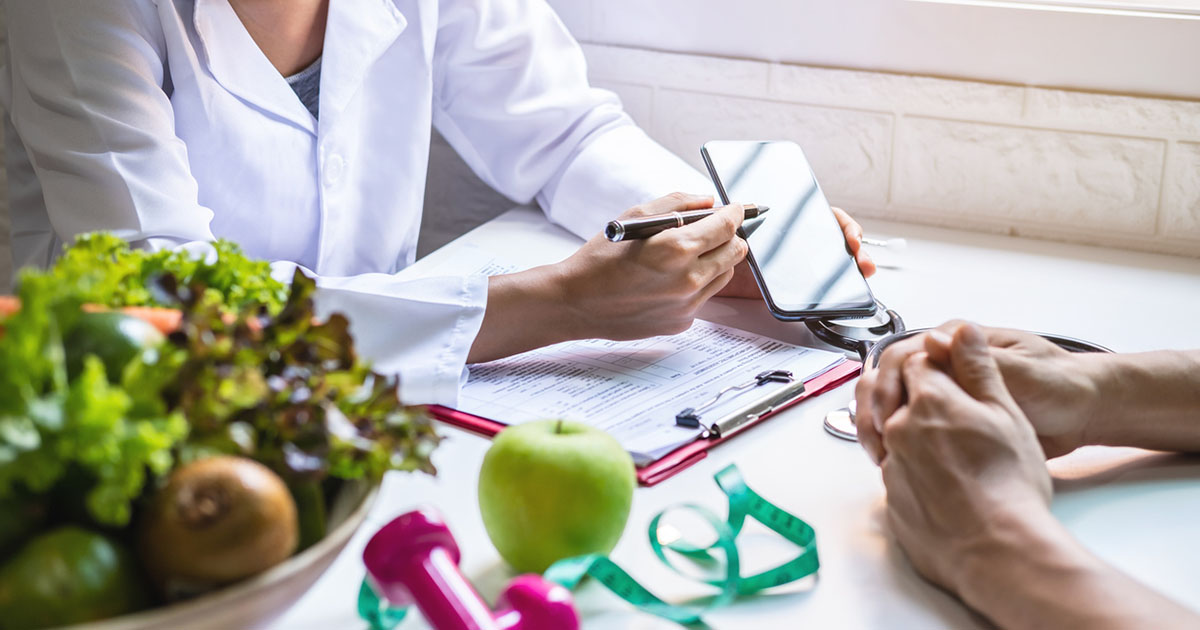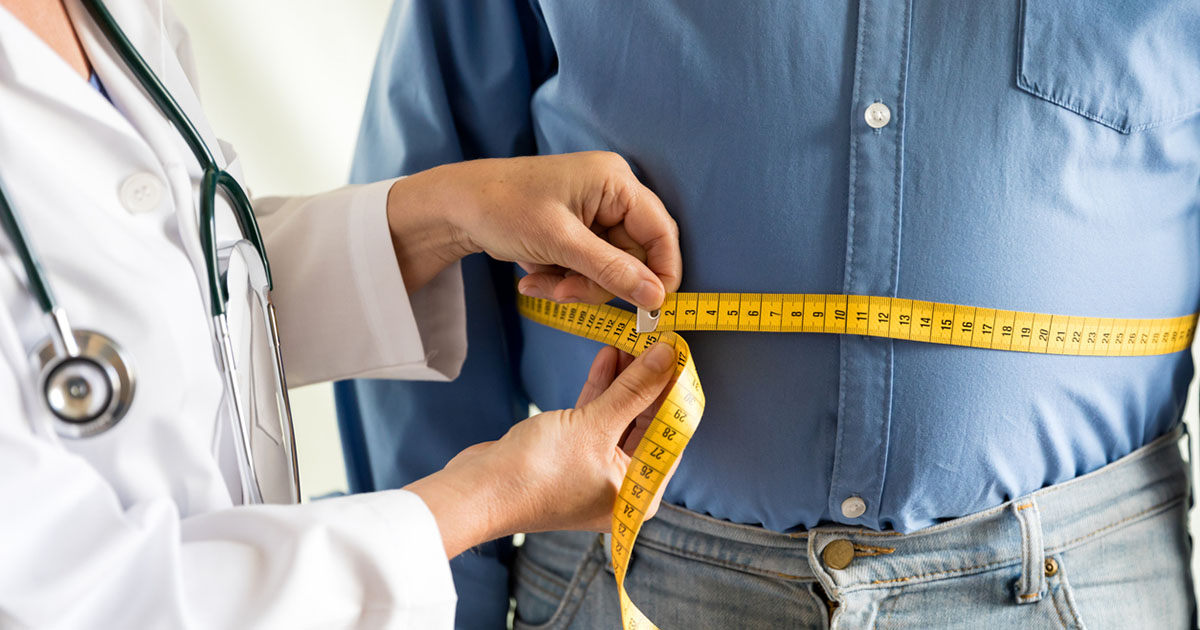At a meeting in 1956, Priscilla White of the Joslin Clinic asked: ‘Do you think patients should learn to do their own blood sugars?’ This was greeted with laughter from the audience who clearly regarded it as an outrageous idea (Gates et al, 1956). Technology made it possible in 1964 when Ernie Adams at Ames Laboratories invented Dextrostick. A drop of blood was put on the end of the stick and washed off after exactly 60 seconds. A blue colour developed, the intensity increasing with the glucose concentration. A colour code was provided on the side of the bottle representing 3.6, 5.0, 7.2, 8.3 and 11.1 mmol/l. It tended to overestimate at low concentrations and underestimate at high ones, but there was reasonable agreement between observers in most studies (Rennie et al, 1964).
In 1970, the stick was made machine readable by the Ames Reflectance Meter invented by Tom Clemens. This was a cumbersome and expensive device, but a lighter and more reliable machine was developed by a Japanese company and marketed by Ames as the Eyetone meter. It needed a long warm-up period and careful standardisation and, in an early evaluation, it was suggested that its main use would be for doing glucose tolerance tests (Mazzaferri et al, 1970). Shortly after the Eyetone was introduced, an American engineer with diabetes, Dick Bernstein, asked Ames if he could buy one. They refused to sell to patients but Dick got one through his wife who was a doctor. With it, he managed to put his diabetes in order. Dick tried to spread the word but his article was repeatedly rejected because he was not a doctor – he remedied this by going to medical school at age 45. In 1968, Boehringer Mannheim introduced a strip invented by Hans Wielinger called Haemo Glucotest from which the blood was wiped rather than washed. A meter, the Reflomat, soon followed. Like the Eyetone, it was large, mains operated and needed careful standardisation.
The possibility that these quick methods of measuring blood glucose might be used by patients does not seem to have been considered until 1975, when Clara Lowy at St Thomas’s Hospital, London suggested that a 26-week pregnant patient with a low renal threshold and repeated hypos should be admitted for regular monitoring. The woman insisted that if given the equipment, she would be able to measure blood glucose at home, and did so three times a day for the rest of her pregnancy (Lowy, 1998). Most of Clara’s colleagues considered this to be irresponsible and dangerous.
I can’t remember whether or not I got the idea from her but I wrote to my local Ames and Boehringer reps suggesting a trial of self measurement on ordinary outpatients and asking for a meter or two. The Ames man did not reply but the Boehringer rep agreed to ‘lose’ a meter. The first patient I tried with it (on Christmas eve, I remember) was a woman who had just come out of hospital after having a baby. Her husband rang me in what we call in Nottingham ‘a right state’: ‘That bloody hospital has completely messed up Elaine’s diabetes. She’s all over the place.’ I discovered that her usual twice-daily bovine soluble insulin had been replaced with the new Actrapid (Novo Nordisk, Crawley). The profiles that her husband did at home showed Himalayan peaks and troughs but reasonable control after going back to her old insulin. Cliff, the husband, said: ‘This is fantastic. It really makes sense of diabetes. Can we buy a meter?’
By the middle of 1977, I and my colleagues in Nottingham had studied 69 patients and the St Thomas’ group had studied 64. We were very excited by the results. I submitted our paper for the autumn British Diabetic Association meeting in 1977 but it was rejected (no posters in those days). When Peter Sönksen and I brought up the idea of self monitoring of blood glucose (SMBG) in discussion at the same meeting, we were met with incredulity and the suggestion that even if it was possible, it would be dangerous. Luckily, the idiosyncratic editor of The Lancet (who tended not to use referees) looked on us favourably and our papers were published in early 1978 (Sonksen et al, 1978; Walford et al, 1978). Confirmatory studies soon followed from the USA and Japan.
Looking back, I think we oversold the idea that SMBG would, by itself, improve blood glucose control. Ours was not a randomised trial and it later became obvious that an important factor in our patients’ improvement was the increased input into their care. In our later studies of other interventions in type 1 diabetes, we found that glucose control always improved more in the run-in period, when apparently nothing had been changed, than in the test period. This was true whatever new insulin or diet was being tested. In fact, SMBG only led to improved control in patients who acted on the measurements. Our most recalcitrant patients who had previously produced sheets of unbelievable urine test results now produced sheets of unbelievable blood glucose results. People with brittle diabetes continued to be brittle. However, those who had always worked hard at their diabetes eulogised SMBG saying that it made their life much more comfortable and they couldn’t imagine how they could have managed without it. It also made it possible to measure low blood sugars and took away some of the fear that used to be associated with negative urine tests in those on insulin.
In the mid-1980s, randomised trials in both adults and children found that SMBG did not improve glucose control. Nevertheless, it was generally preferred by patients who, in common with many doctors and nurses, came to regard urine testing as old fashioned and unhygienic. This was not to the liking of therapeutic committees since the only thing that everyone could agree on was that SMBG was expensive. The saving grace was that there were not that many people with type 1 diabetes.
It was always less obvious to me that SMBG would be beneficial in type 2 diabetes and, for many years, I held out against including it in the initial teaching. For patients on diet alone, I could see that it might enable them to test the effect of various foods on their blood glucose response but it seemed unlikely that most would actually do this. For those on tablets, it seemed superfluous since they had no room for manoeuvre if the results were unsatisfactory. I am not surprised that economics have reignited the debate – in 2002, the cost of SMBG for Medicare patients in the US was $465 million and here, the cost to the NHS is over £100 million per year. The trials done to find out if SMBG improves control or prolongs life have been reviewed in two recent authoritative editorials (Davidson, 2007; Heller, 2007). In observational studies, the problem is that patients who do SMBG are self selected, and tend to live healthier lives in general and be more compliant with their diabetes regimen. There have been at least nine more or less randomised trials of SMBG in people with type 2 diabetes not on insulin with contradictory results, although the best-designed studies have usually shown no effect.
There is a dilemma about who should be included in such trials. If too many patients have reasonable glycaemic control, say an HbA1c under 7%, it is improbable that any intervention would make any difference. If most have an HbA1c over 8.5%, it is equally unlikely that anything except changing the regimen or enforcing starvation would work. For a while, in the early 1980s when patient-friendly meters first became available, we hoped that our teenage patients with HbA1c over 10% would benefit from SMBG, but none did. However, some appeared with records showing that their blood glucose was always between 6 and 8!
My conclusion, from reading the recent literature and from seeing lots of clinical records in the course of medico-legal work, is that many health providers are mindlessly doling out meters and sticks to people who are most unlikely to benefit from them. Surely the answer is for doctors and nurses to be selective in the way they are for other treatments? The message should be that SMBG can never work unless there is a willingness and ability to act on the results.





Attempts to achieve remission, or at least a substantial improvement in glycaemic control, should be the initial focus at type 2 diabetes diagnosis.
9 May 2024